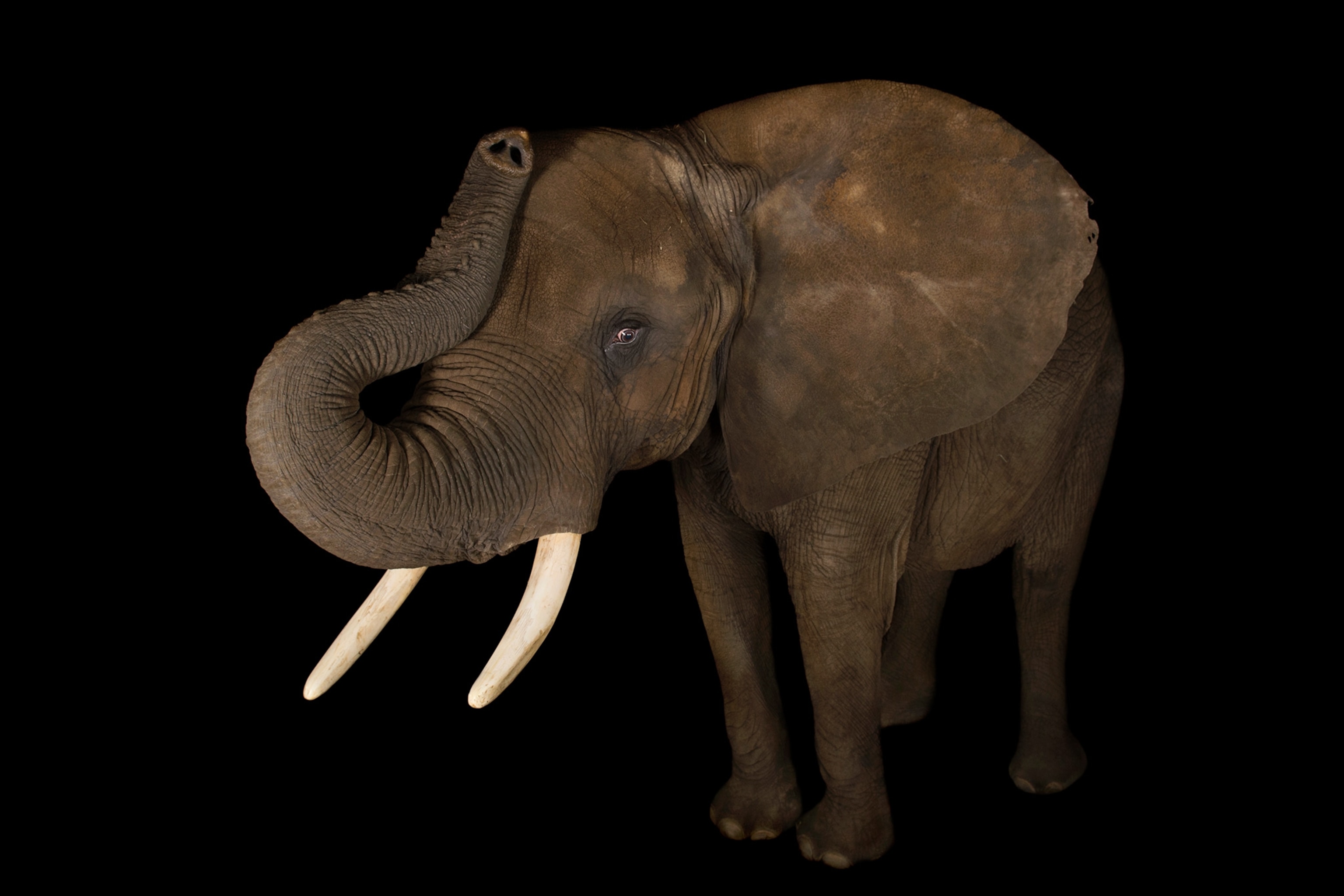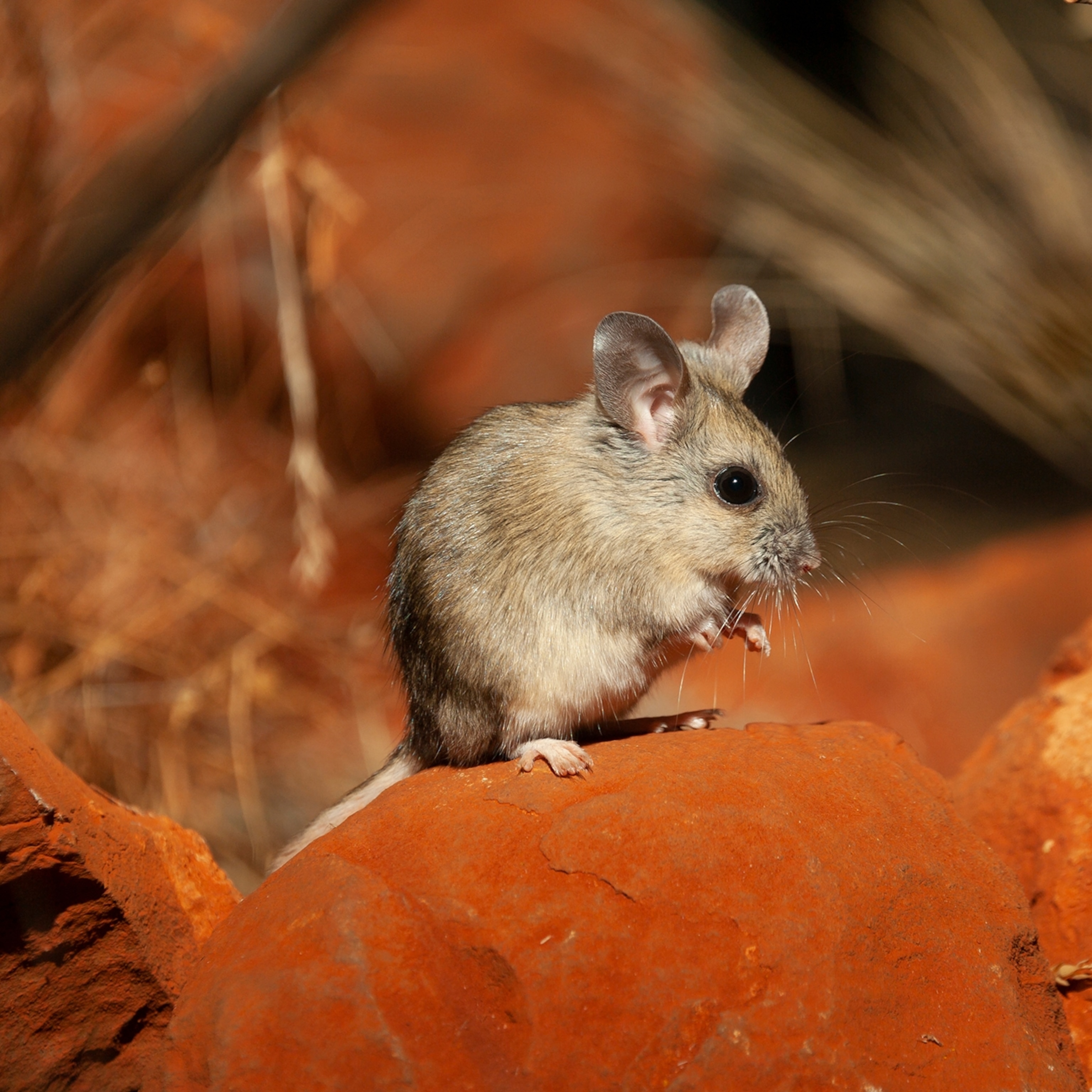Ecologists have long understood that the diversity of an ecosystem is at the heart of its stability. A groundbreaking discovery in the 1960s took it a step further and changed the way scientists thought about biodiversity and the effects species have on one another. Robert Paine, then a young researcher at the University of Washington, demonstrated there are certain species that can radically change the diversity of their communities—and whose loss could cause cascades of destruction within the ecosystem. He called these “keystone species.”
Named for an architectural term—the keystone is the topmost stone in an arch that holds the entire structure together—keystone species are defined as species that have a disproportionately large effect on the communities in which they occur. They help maintain biodiversity and there are no other species in the ecosystem that can serve their same function. Without them, their ecosystem would change dramatically or could even cease to exist.
Keystone species are believed to be found in all the world’s major ecosystems. They include animals such as gray wolves, beavers, sea otters, and more. But identifying these species is challenging, especially as the term’s definition has been hotly debated in the years since it was coined.
Discovery of keystones
The first keystone species ever identified was the predatory purple sea star (Pisaster ochraceus), found along the rocky coasts of Makah Bay in Washington State. In 1963, Paine noticed that these sea stars preyed extensively on mussels. He designed a simple experiment to see what would happen to these intertidal communities if those sea stars disappeared. He chose two stretches of shoreline to study. He left one stretch as it was, and on the other, he pried the starfish off the rocks with a crowbar and threw them into the sea.
On the shoreline that Paine altered, the mussels—no longer preyed upon—proliferated and took over the ecosystem. They crowded out other species such as algae, barnacles, and snails that had lived on the shore. The ecosystem’s diverse structure collapsed into a monoculture of mussels—all because of the loss of the sea stars.
"People have subsequently looked in terrestrial, marine, and freshwater food webs for evidence of keystones," says Larry Crowder, "and there’s evidence everywhere." A biologist at Stanford University’s Hopkins Marine Station, Crowder specializes in predation and food webs, or the complex system of food chains that make up an ecosystem.
Other ecologists built on Paine’s research. In the 1970s, Jim Estes discovered that sea otters in Alaska significantly shaped their communities by preying on sea urchins. Without the otters, sea urchins grew in number and ate up the kelp forests that many other species depended on for habitat or food.
These top-down effects caused by a species’ removal or reintroduction to an ecosystem later became known as “trophic cascades.” The name comes from the "trophic levels" of the food chain, with apex predators on top, plants and algae on the bottom, and many levels in between.
"It’s almost Orwellian: Some species are more equal than others," Crowder says. "In terms of the structure of ecosystems, yeah, some species are more important than others."
Why keystones matter
There’s no doubt about the impact that keystone species can have on their environment. In 1995, gray wolves were reintroduced to Yellowstone National Park after an absence of some 70 years. Because wolf populations had been so low in the region for so long, scientists didn’t fully appreciate what had been missing until they witnessed the reverberations throughout the ecosystem.
The elk population, which had more than doubled in the wolves’ absence, started to fall. With fewer elk grazing, the grass, shrubs, and trees grew. Willows returned to the river banks, which gave beavers more material for their dams, which in turn created habitats for fish, reptiles, and other animals. It was a trophic cascade in reverse.
Many keystone species are classified as endangered or vulnerable to extinction. African elephants, for example, are "ecosystem engineers," or a species that creates or shapes its environment. Elephants feast on trees and shrubs, clearing space for smaller species to thrive in the savannas where they live. They also create watering holes for other animals and spread seeds through their dung. But poaching and habitat loss are causing an eight percent annual decline in Africa’s savanna elephant populations. Without them, conservationists worry about the effects across the habitat.
Given that the loss of these animals could cause a cascade of destruction in their ecosystems, some scientists argue that they should be given greater protections. Some are covered by legislation such as the Endangered Species Act; others—like beavers, which also shape their environments by constructing dams—are not. Crowder says keystone species do deserve more protections, but he says that such an effort would lead to another challenge: identifying which animals qualify.
Identifying keystone species
Which species are keystones? It depends who you ask. Paine’s early definition of keystone species was limited to apex predators and their top-down effect on a food web. But in the decades that followed, scientists demonstrated that species at other levels in the food chain could also have a disproportionate effect on the stability of their ecosystems. Soon, Crowder says, the term started to be used for a broader array of species, including elephants, beavers, and even kelp, which provides a safe habitat for a variety of marine species.
These discoveries about ecosystem dynamics led to debates about the keystone species concept, with some calling it "poorly defined and broadly applied." In the mid-1990s, a group of researchers convened to discuss the challenges of identifying keystone species. In a subsequent paper, they defined keystone species as those with a large impact on their ecosystem—and an impact that’s disproportionately large to their abundance.
While keystone species are most likely to be predators, the researchers agreed that other species can also be considered keystones given the strength of their interactions with their environments. These include certain ecosystem engineers, such as beavers and elephants.
Nonetheless, disagreement remains over which species qualify as keystones. While scientists recognize that ecosystem engineers and other categories of species are critical to their ecosystems’ survival, not all of them consider these species to be keystones. Crowder explains that’s because keystones are defined by the strength of their interactions with their environment—something that’s incredibly difficult to measure.
The surest way to identify a keystone species is through an experiment that eliminates it from its environment, like Paine throwing coastal sea stars back into the sea. But it’s not always possible—or ethical—to completely remove an animal from its environment. So scientists rely on identifying keystone species by their traits, such as what they eat, the habitats they create, and their relationships with other species.
Context matters, too. After all, a keystone species in one context might not be a keystone in another. Subsequent experiments with Paine’s purple starfish, for example, found that their absence has much less influence in other environments, such as more sheltered coastal areas with fewer mussels, than they do in exposed coastal ecosystems.
Crowder believes it’s important to continue to identify—and protect—keystone species. Extinction of any species is bad, he says, but the data in the years since Paine’s discovery has proven that the extinction of a keystone species is worse. “If we’re going to understand and manage these systems, we need to understand which species those are.”












